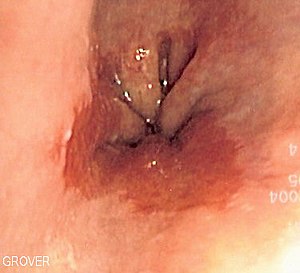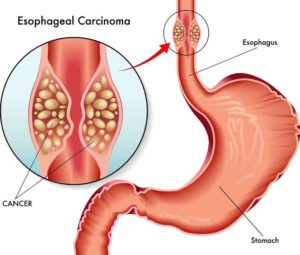
Diagnosed with Cancer? Your two greatest challenges are understanding cancer and understanding possible side effects from chemo and radiation. Knowledge is Power!
Learn about conventional, complementary, and integrative therapies.
Dealing with treatment side effects? Learn about evidence-based therapies to alleviate your symptoms.
Click the orange button to the right to learn more.
- You are here:
- Home »
- Blog »
- side effects ID and prevention »
- Preoperative Esophageal Cancer Staging-
Preoperative Esophageal Cancer Staging-

Ferumoxtran-10 is useful for characterizing benign or malignant lymph nodes in esophageal cancer patients based on the defined enhancement criteria.
As is often the case, studies cloud issues of critical importance to cancer patients. In the study below, first and foremost, newly diagnosed esophageal cancer patients must understand the importance of staging their cancer. If a cancer has spread to one’s lymphnodes then the treatment plan changes completely.
In the study linked below, EC patients were given ‘ultrasmall” nanoparticles allowing MRI scans to determine which lymphnodes had EC mets in them.
I am both a cancer survivor and cancer coach. I work with cancer patients to research and identify those diagnostic methods and therapies necessary to manage their cancer. Have you been diagnosed with EC? Is so, what stage? What symptoms?
Scroll down the page, post a question or comment and I will reply to you ASAP.
Thank you,
David Emerson
- Cancer Survivor
- Cancer Coach
- Director PeopleBeatingCancer
Preoperative esophageal cancer staging: magnetic resonance imaging of lymph node with ferumoxtran-10, an ultrasmall superparamagnetic iron oxide.
Background-Accurate detection of metastasis to lymph nodes is an essential component of the approach to treatment. The purpose of this study was to evaluate the utility of magnetic resonance imaging with ferumoxtran-10 in diagnosing lymph node metastasis in esophageal cancer.


